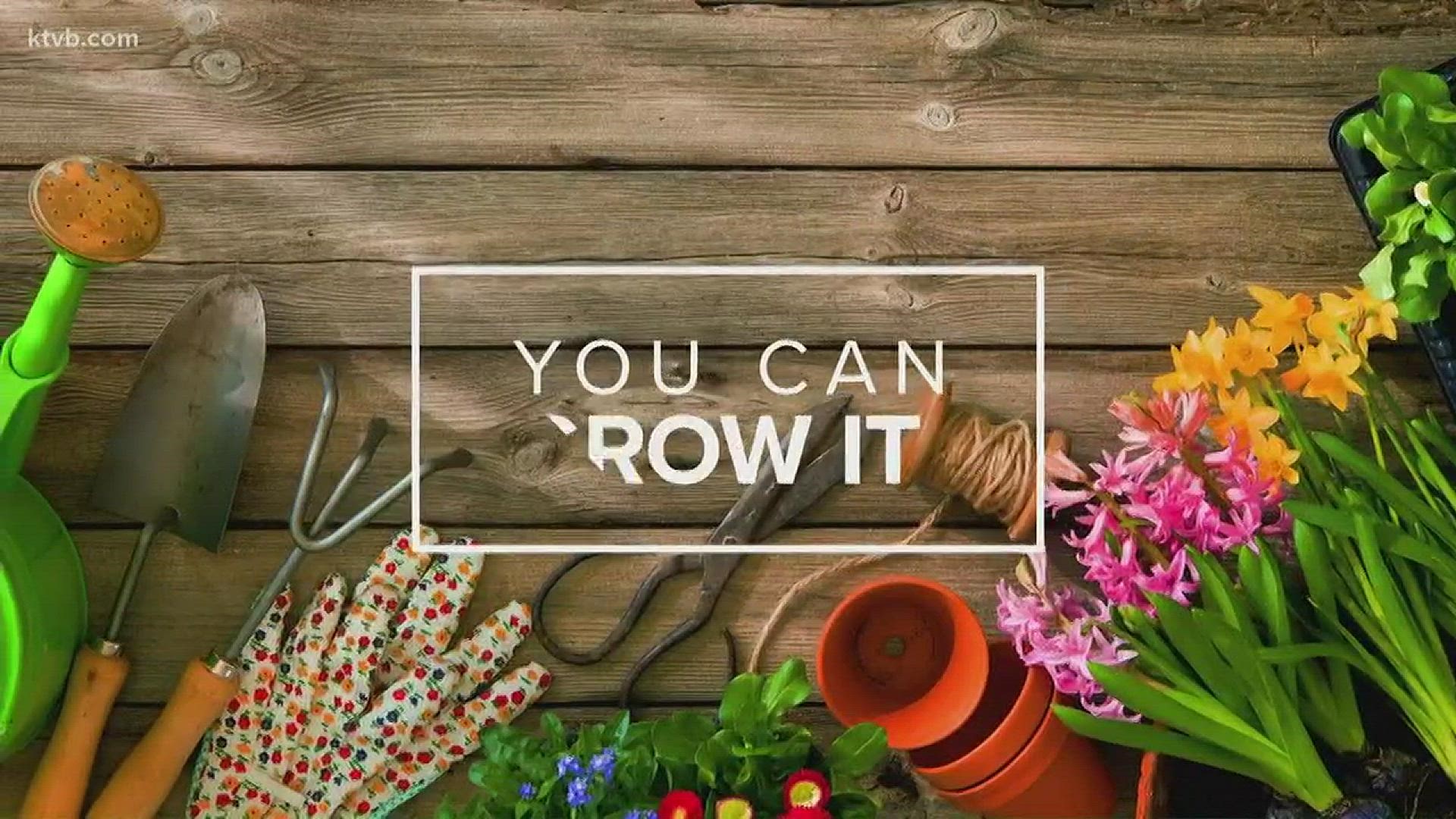PARMA — Idaho has long been known for its potatoes, but it’s also developing an international reputation for its quality fruit.
Garden master Jim Duthie takes us to last week’s annual Fruit Field Day at the University of Idaho’s research center in Parma for a taste of the work being done there to promote Idaho fruit around the world, and here at home.
It’s a super-sized fruit stand. Hundreds of different varieties of fruit to showcase Idaho’s diverse fruit-growing industry that’s fast becoming famous around the world.
Nearly 100 different kinds of grapes; about 60 varieties of peaches and nectarines; close to 20 different kinds of apples and pears, and dozens of types of plums. Then there are the pluots, a cross between plums and apricots.
All this fruit was grown here at the University of Idaho Agricultural Research Center near Parma, and put on display for the public to sample free of charge, while they learn about new advances in fruit growing.
The University of Idaho’s Fruit Field Day here at the Parma research center draws people from all over southwest Idaho. Some of them are here just to sample the fruit. Others are home growers and commercial growers who want to find out the latest varieties of fruit that can be grown well here in Idaho.
“Well, it’s just part of our research and extension center here at Parma, but we’re very committed to supporting the fruit tree industry and what that yields to the consumers in the area and the high-quality fruit,” said Mark McGuire, University of Idaho.
Today’s visitors include home gardeners, as well as professional fruit growers, looking to produce bigger, better, tastier fruit. And students from local schools are here on a field trip to learn about Idaho agriculture.
Ann Cowher decided to come after her daughter told her about it.
"She’s come before and she’s bragged it up on how great it was. So I wanted to see for myself,” said Cowher.
Her friend Lynn Stoddard came along, too.
“I do know a little bit of gardening and have a few fruit trees, but their fruit looks so much better than mine. Maybe I can get some ideas on what to do,” said Stoddard.
And Fruit Field Day is a great way to learn about how food gets from the farm to our table.
“Especially for the kids. Kids need to see that you don’t just go to the grocery store and buy something. That is takes an effort.”
“Oh, they’re improving our fruit, and people won’t buy the fruit if it’s blemished or whatever," said Linda Muffley who was attending Fruit Field Day. "And I suppose they’re part of their experiments. They’re trying to get unblemished fruit and no insects.”
Dr. Essie Fallahi, Director of Pomology Research at the center, shares the latest developments in new strains of fruit that appeal to a global market.
“We have buyers from Europe that prefer our plums and apples to anything from anywhere," said Dr. Fallahi. "And they come back here. Even if it takes paying more per pound, or per ton, they buy from Idaho.”
And the fruits of their labors here will hopefully bring big dividends for Idaho’s growing fruit industry.
“A number of factors are in favor of Idaho, and I think that the state of Idaho is just the beginning of a huge step forward as far as economy is concerned.”
“It’s really connecting with the public to demonstrate that what we do in the college of agriculture and life sciences is really tied to food production, and it’s tied to supporting communities in the area to the best of our abilities.”
New research is underway at the Parma center into growing walnuts and almonds, which could provide an alternative crop for Idaho farmers, and may eventually draw nut production up from California into southwest Idaho.
If you missed this year’s Fruit Field Day, plan on attending next year. It’s will be held again in early September of 2019.

